Surveying is one of the oldest professions on the planet, dating all the way back to the time of the ancient Egyptians by some measures. Despite the industry’s age and the typical correlation between that and hesitancy around new technologies, it was also one of the first industries to fully embrace drones for commercial purposes, with the tools opening up new potential business and making some existing projects significantly safer. Even with that relatively early adoption, though, there is always a need for more surveyors and pilots who can provide data collection services to help these professionals, especially as areas around the globe step up their efforts to monitor their environments more closely and better prepare for increasing numbers of natural disasters.
For many drone pilots, this can be one of the areas into which one may think about breaking in, moving from a hobbyist position to a professional one. As anyone who has worked within this industry – or really any, to be honest – will know, though, it’s not simply about being able to fly a drone in an assigned area. That is a good starting point, but to truly build and scale a business around providing services for this industry, it takes more than that. While a pilot doesn’t necessarily have to be an expert in all of the ins and outs of a surveying industry that is quite complex when you get into it, having some level of baseline knowledge and skills is a major separating factor in standing out from the crowd.
Recently, at Commercial UAV News, we released a report tackling this very topic. Establishing Standards for Success in Drone-Based Surveying is available today for a free download, giving direct access to this seven-page report that dives into what a burgeoning drone surveyor needs to know in order to stand out from the competition and build a business that can scale and thrive over the long term. In it, we look at the entire process of a surveying project, from planning to delivering the final data, and how to best set yourself up for success.
This report is broken into five sections, each covering a distinct part of the workflow for a drone pilot working in the surveying field. For example, we start right from the beginning by looking at the planning stage of a project. It’s not always the first thing you may think of when you consider getting into this field, but it’s a vital piece of making sure the project is set up for success. In this section of the report, we look at the importance of not only setting up each individual project for success but also having a standard operating procedure in place to ensure that every project is built on a strong foundation. There is a little bit of extra time on the front-end in building and perfecting this SOP, but it ultimately allows for a professional to build a sustainable and scalable business to set up for long-term success.
Skipping ahead a little bit, we also cover another area that is not the most glamorous part of the process, but still vital: Managing and transferring data. The size of these data transfers is going to vary depending on what kind of sensor is used to collect it, but it’s rare that there are small files being managed and transferred. This section covers how important this step of the process is for keeping customers happy, and how important it is to set up processes for spot checking data in the field when possible, to avoid potential costly delays in the long run.
As anyone who has worked in this industry can tell you, surveying is a lot more than simply getting into the field to collect data. While that is generally the most fun part of a project, the real value lies in being able to collect the data efficiently, process it in a way that makes sense for the stakeholders, and make it accessible to the end customer in order to build repeat business. This report is a good introduction to that entire process and provides helpful tips both for those just breaking into this sector and those looking to scale their business beyond where it is today. Follow the link below for your free download today.


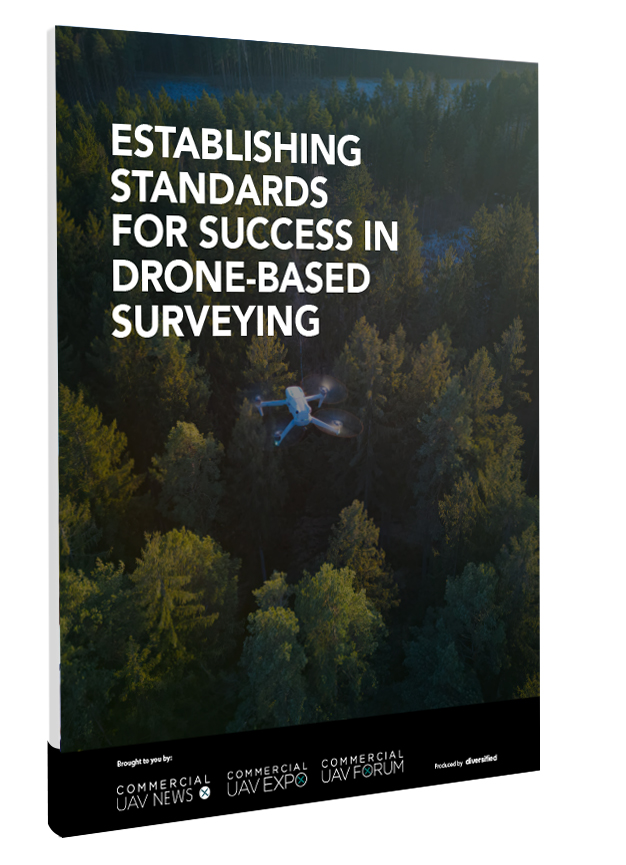

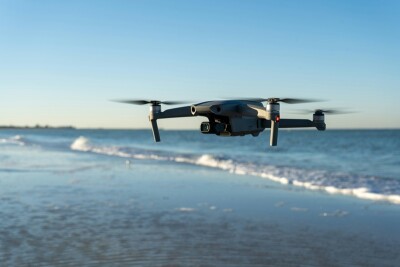
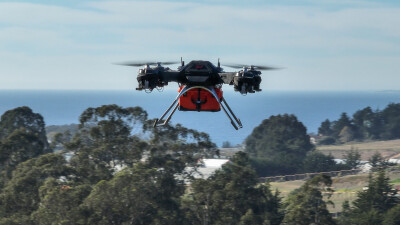
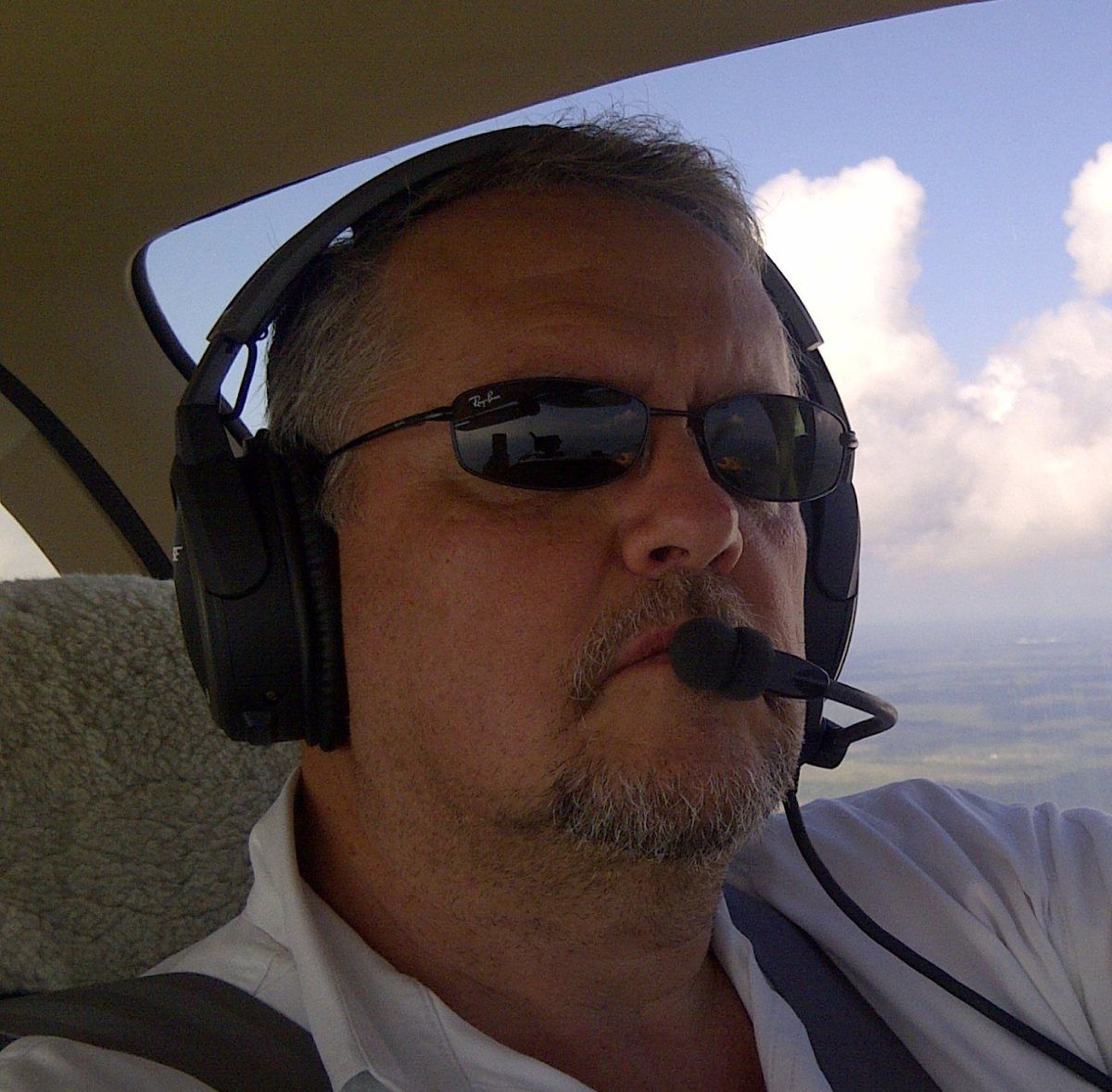






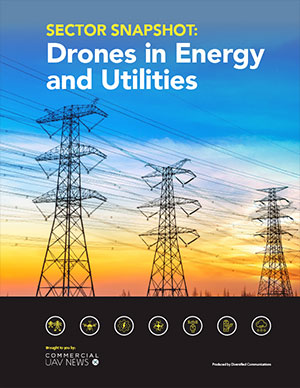
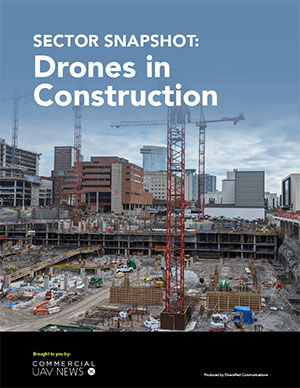
Comments